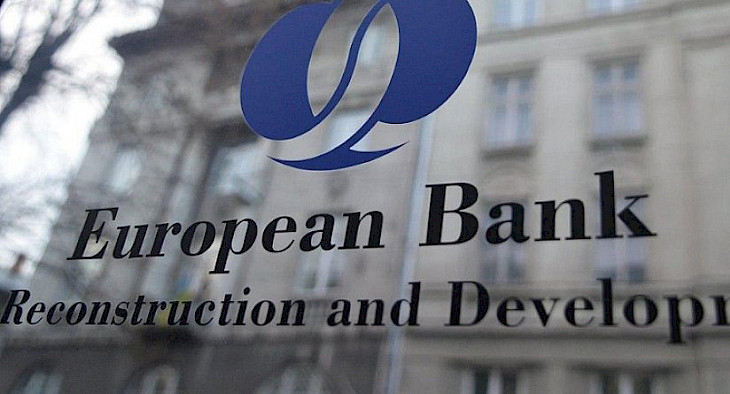The European Bank for Reconstruction and Development has published its Regional Economic Prospects forecast, which considers the growth prospects for the economies of Kazakhstan, Uzbekistan, Tajikistan, Kyrgyzstan and Mongolia, the Daryo portal reports.
The economies of Central Asia have demonstrated resilience to adverse geopolitical events. Most of the region's economies have strengthened their trade cooperation with Russia by acting as intermediaries and supplying their own products. The volume of remittances to Central Asia from abroad increased significantly, which contributed to the increase in bank deposits and profits. Demand increased in retail, real estate and hospitality sectors. The volume of remittances from labor migrants also increased.
Growth continued across the region in the first quarter of 2023, while consumer price inflation in most economies remained well above the target ranges set by central banks. The region's economies are likely to continue to grow rapidly, but uncertainty remains about global trends in interest rates, inflation and commodity prices.
Kazakhstan's economy is expected to grow by 3.9% in 2023 and 4.2% in 2024 due to the shift of foreign firms and investments into new areas of activity associated with the departure of large global players from Russia, and continued efforts to diversify transport and oil transit routes. Reforms aimed at improving the country's investment climate, lowering barriers to entry, and reducing the role of politically exposed individuals in the economy can help attract foreign direct investment and develop small and medium-sized enterprises in the medium term. Downside risks include continued inflationary pressures and uncertainty around oil and commodity prices.
The transfer of Russian capital and highly skilled labor to the Kyrgyz Republic, significant growth in intermediate trade, and improved tax administration by reducing the informal economy and broadening the tax base are among the key drivers of short-term growth. Real GDP is expected to grow by 7.0% in 2023 and by 7.2% in 2024. Investments in large energy and infrastructure projects can contribute to GDP growth in the medium term. However, vulnerabilities remain related to tighter credit conditions and reliance on remittances from Russia.
GDP growth in Tajikistan is expected to reach 7.5% in both 2023 and 2024, thanks to relatively low inflation, Russia's demand for labor from Tajikistan, renewed contacts with China, and the development of energy and transport infrastructure. The risks are related to external conditions: the situation in Afghanistan, Russia's war against Ukraine, infrastructure problems hindering trade.
In 2022, the Uzbek economy posted growth of 5.7%, reflecting a significant improvement in external and domestic demand conditions, including a more than doubling of remittances. The economy is expected to grow by 6.5% in both 2023 and 2024, driven by an influx of foreign investment, companies and individuals, well-managed privatizations and business climate reforms. Despite relative diversification, the economy could be hindered by a further escalation of Russia's war against Ukraine and a decline in remittances, writes Daryo.
CentralasianLIGHT.org
May 16, 2023

